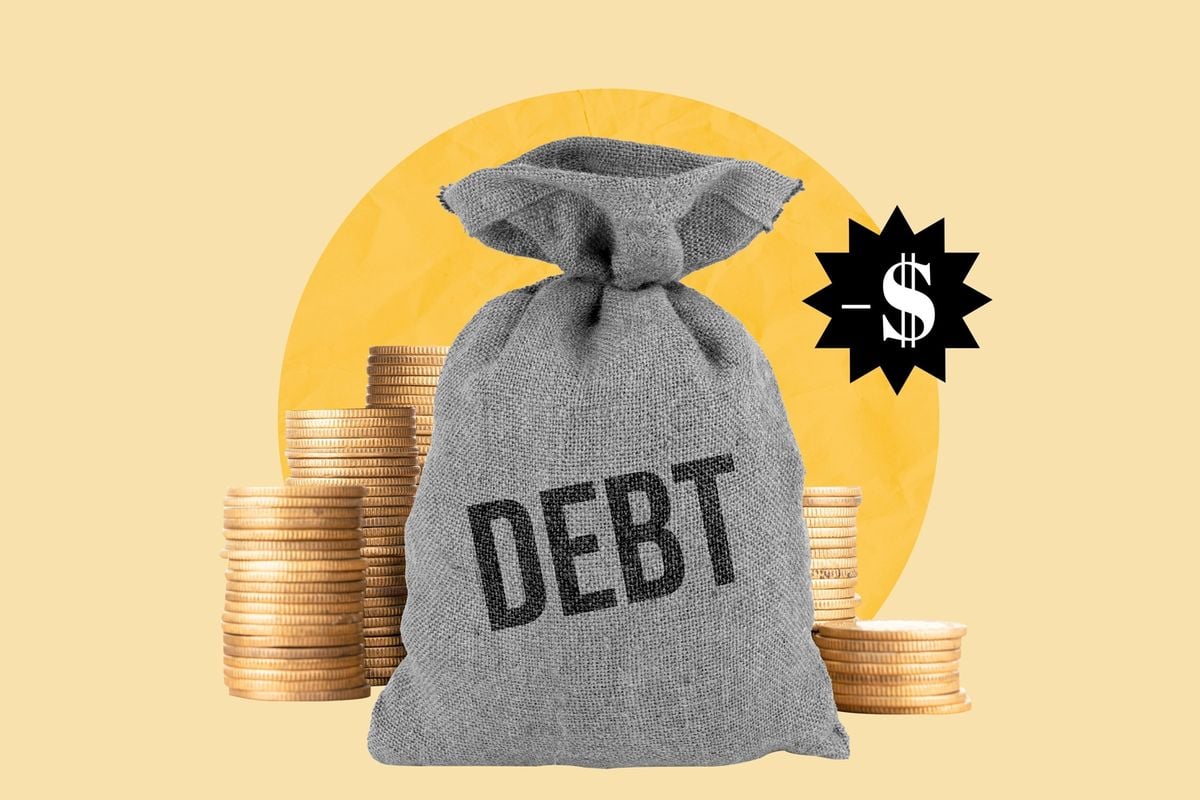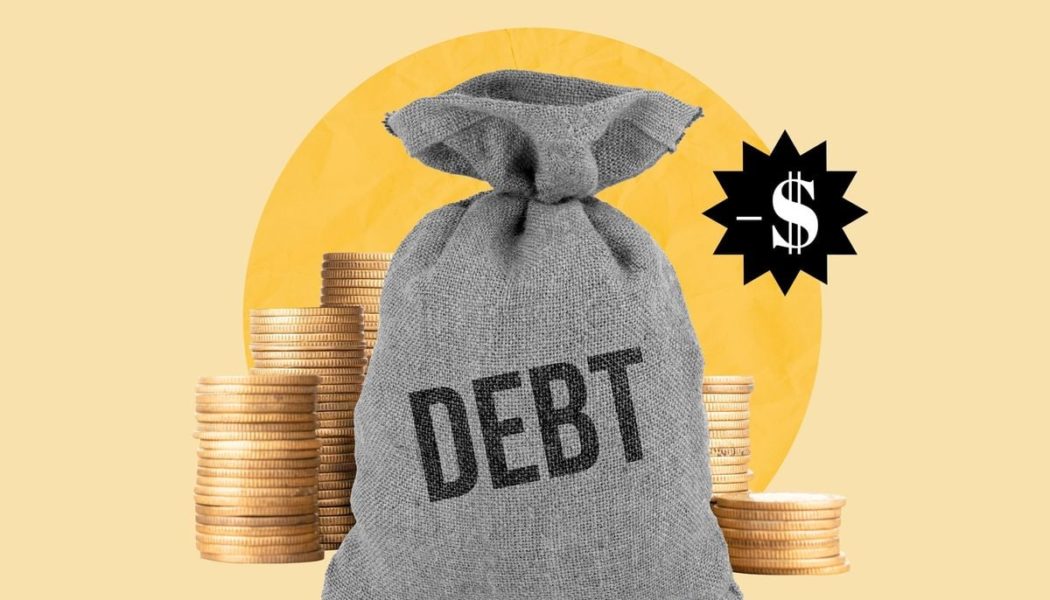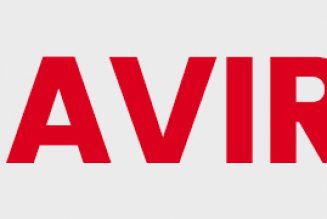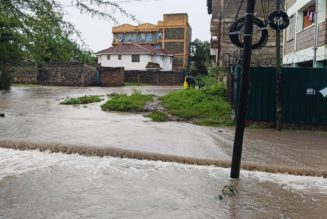
One of the highlights of the just concluded International Monetary Fund (IMF) and World Bank Spring Meetings in Washington, DC, was the announcement that the two Bretton Woods lenders are working to review the DSA framework for low-income countries within the next two years.
“We are in the process of reviewing the Debt Sustainability Analysis framework for low-income countries but more critically we issued guidance last year (2023) on how to share information in the context of debt restructuring,” said IMF Deputy General Counsel Yan Liu during a session themed ‘Understanding Sovereign Debt in Africa’.
“This relates to Debt Sustainability Analysis (DSA) and it helped to inform and harmonise the practices across IMF country teams to promote best practice.”
Borrowing decisions
The DSA framework for low-income countries was conceived in 2005 when the executive boards of the IMF and the World Bank’s concessional arm, the International Development Association, agreed to adopt it as a tool that would help guide the borrowing decisions of low-income economies based on their funding needs and with due regard to their ability to comfortably service obligations.
Coming at a time when Ghana, Zambia and Ethiopia have defaulted and are chasing what has emerged to be extremely elusive and arduous restructuring engagements with their creditors, the prospect of reviewing the DSA for low-income countries is indeed a welcome development.
It adds to the growing debate as to whether the global financial architecture as presently structured is fit for purpose as far as debt distress resolution goes.
A review of the DSA should present the much-needed window for Africa to voice its concern about the global financial architecture and table compelling proposals on how this can be made better, especially regarding the resolution of debt distress.
One area Africa should highlight is the need for more conservative forecasts that are baked into the DSA and the implications this has on the type of funding that economies tap into.
For instance, Kenya’s latest DSA, contained in the Article IV Report published by the IMF on January 17, 2024, upgraded projections for revenue and grants as a percentage of gross domestic product (GDP) to 19.1 from 18.3, 19.4 from 18.1, 19.5 from 17.9 and 19.5 from 18.1 for 2024, 2025, 2026 and 2027, respectively.
The assumption here is that in what is being considered to be the baseline scenario, Kenya should be in a position to ramp up its revenue collection in a relatively aggressive manner every year and therefore strengthen its fiscal position.
This also explains why Kenya’s latest DSA downgrades the budget shortfall as a percentage of GDP from 3.7 to 3.3, 3.6 to 3.2, 3.7 to 3.2, and 3.7 to 3.3 for 2025, 2026, 2027, and 2028, respectively.
Marked improvement
These projections indicate that by and large, Kenya’s debt sustainability is set for marked improvement in the medium term and, by extension, should create more bandwidth for taking on more debt sustainably.
“The baseline scenario assumes improvement of the fiscal primary balance of 3.1 percentage points of GDP over three years in 2023–2025, which falls in the bottom half of the top quartile of the distribution of low-income countries. Staff is of the view that this is realistic and in line with the authorities’ plan for fiscal consolidation,” the IMF said in its January 2024 DSA on Kenya.
In an environment that is increasingly being characterised by multiple crises layering upon one another (from the Covid-19 shock to Russia-Ukraine and its spillovers to the worst drought in four decades and now to escalating tensions in the Middle East), perhaps there is a need for more measured optimism and a lot more conservative estimates than what the standard DSA is wont to assign to low-income economies.
In short, the realism check side of the DSA needs a little more tightening in the forthcoming review in a manner that reflects the risk-laden environment that forecasts are being made under.
Another area that perhaps should inform discourse around the review of the Bretton Woods-led DSA is whether, for Africa in particular, there can be an alternative DSA, possibly conducted by the Africa Development Bank (AfDB), as a sanity check on what is ascribed to economies by the IMF and the World Bank.
Credit ratings
Already, Africa is engulfed in a debate about the need for home-grown sovereign credit risk ratings following what has been termed as out-of-touch, biased and unfair credit ratings downgrades by ‘the Big Three’—Moody’s, Fitch, and Standard & Poor’s. Why not explore a similar route around the DSA framework to complement what is put out by the World Bank and the IMF?
Finally, reviewing the DSA for low-income economies would be incomplete if the world does not address the fact that the resolution of debt distress as presently structured is indeed a minefield for the most vulnerable economies to navigate.
Zambia defaulted on November 13, 2020, and could not ink a deal with official creditors on debt restructuring until close to four years later on March 6th, 2024.
How to accelerate the pace of resolution once an economy falls into debt distress should be at the core of the wider reforms around DSA and the larger global financial architecture.









